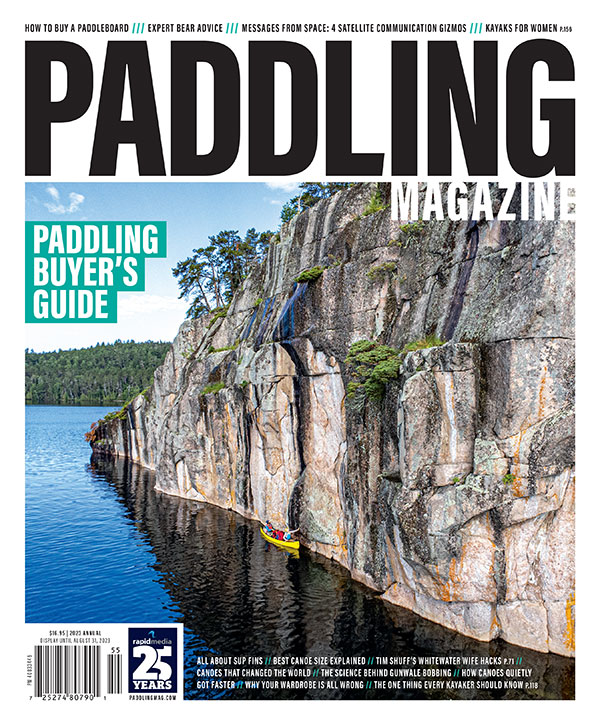Running new rapids can be scary no matter what class they are or how experienced of a paddler you are. Regardless of whether you’ve been paddling for a month or 20 years, it is always difficult to push yourself to the next level and out of your comfort zone. I have a couple tricks I have used since I was a little kid—and still use to this day—that help me paddling scary rapids.
3 expert tips for conquering scary rapids
1 Break the rapid down
When you first look at a new rapid it can seem overwhelming and chaotic. It may seem like there are 20 holes, 30 rocks and 100 waves to navigate. That’s why it’s helpful to logically separate the rapid into sections. I like to break the rapid into three pieces: top, middle and bottom. Next, I find the crux of each section and the consequences.

2 Choose your key strokes
In each section, look at where the eddylines, slack water, currents, rocks and waves are pushing the water and how that water direction affects your line and where you are trying to go. Then, plan one or two must-take strokes for the crux of each section—I like to plan out those strokes and only those strokes. Say the water above a boof is pushing left and the boof is on the right. I would select a key stroke of a right or left boof stroke and note that I’ll have to be driving right with the right angle to get to the boof.
3 Ask yourself: Can I do this?
At this point you know what the line is and how to do it. Now be reasonable—have you done moves like this before? If you don’t make one of the moves, are you confident in executing a plan B? Do you feel good about rolling or swimming if something goes wrong? And lastly, are the consequences worth it? Once you’ve contemplated these questions, it’s time to rock and roll.
4 Bonus tip: Don’t dwell on the consequences
Note the consequence in each section and decide if you have the ability to avoid it. Be confident in answering yes or no (the yes will especially take some practice). Once you’ve decided you can do it, push the consequence to the back of your mind and don’t dwell on it. From then on, all your thoughts should be about how to nail the line—not how to avoid the consequence.
Bonus tip #2: Keep your eyes open! | Feature photo: Nick Gottlieb





 This article was first published in the 2023 Paddling Buyer’s Guide.
This article was first published in the 2023 Paddling Buyer’s Guide. 




